Mitaka City, Tokyo東京都三鷹市
Living in Mitaka City, Tokyo
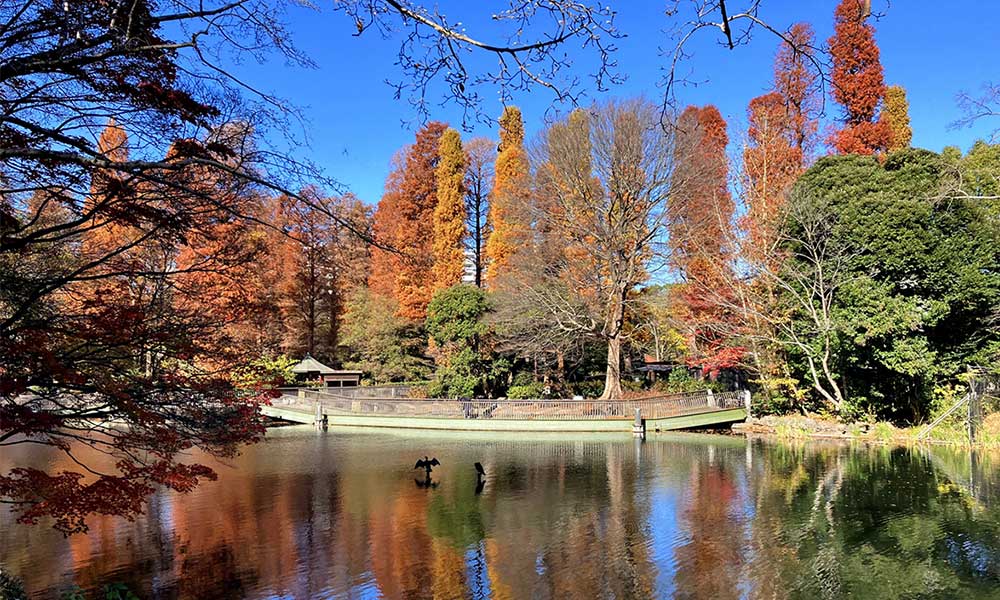
We have Summarized the livability of Mitaka City, Tokyo.
KITATAMA AREA北多摩地域
-
- TACHIKAWA CITY 立川市
-
- NISHITOKYO CITY 西東京市
-
- MUSASHINO CITY 武蔵野市
-
- HIGASHIKURUME CITY 東久留米市
-
- MITAKA CITY 三鷹市
-
- CHOFU CITY 調布市
-
- KOMAE CITY 狛江市
-
- KIYOSE CITY 清瀬市
-
- HIGASHIMURAYAMA CITY 東村山市
-
- KODAIRA CITY 小平市
-
- KOGANEI CITY 小金井市
-
- FUCHU CITY 府中市
-
- KOKUBUNJI CITY 国分寺市
-
- KUNITACHI CITY 国立市
-
- HIGASHIYAMATO CITY 東大和市
-
- MUSASHIMURAYAMA CITY 武蔵村山市
-
- AKISHIMA CITY 昭島市
CONTENTS
- What kind of place is Mitaka City, Tokyo?
- Mitaka CityPR video
- How is the traffic situation in Mitaka City?
- How are the rent and land prices in Mitaka City?
- How is childcare and education in Mitaka City?
- How about shopping in Mitaka City?
- How about jobs and recruitment in Mitaka City?
- Mitaka City’s unique subsidy/subsidy system
What kind of place is Mitaka City, Tokyo?
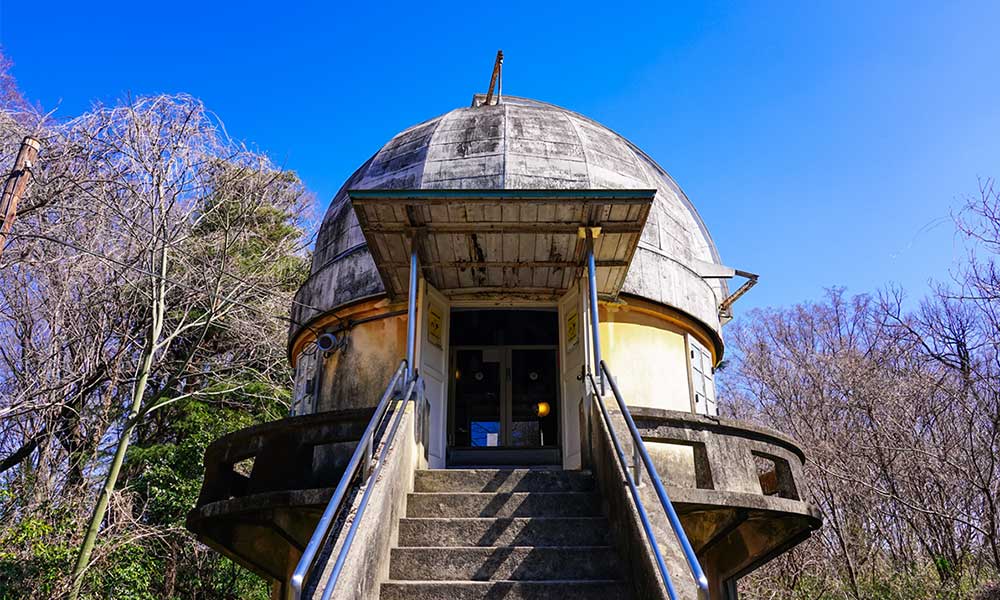
Mitaka City is an attractive city with a rich natural, cultural and academic atmosphere, and is easy to live in and close to the city center.
It is located almost in the center of Tokyo and has an area of approximately 16.42 square kilometers.
It borders Musashino City to the north, Suginami Ward and Setagaya Ward to the east, Chofu City to the south, and Fuchu City and Koganei City to the west.
It has a population of approximately 190,000 and approximately 96,000 households. (As of December 2022)
The city is located at the southern end of the Musashino Plateau and is divided into a low area where the Nogawa River flows, a higher area that occupies the city area, and an even higher area where Hosei University Junior and Senior High School is located.
The name of the area is said to have come from the fact that the area was home to many villages where the Tokugawa Shogunate practiced falconry, and that it straddled the three territories of Setagaya, Fuchu, and Nogata.
Mitaka City was established after the Meiji Restoration, when 10 villages in Kanagawa Prefecture and Tokyo merged to form Mitaka Village. This area was once a peaceful rural area.
During the Taisho period, the population increased as victims of the Great Kanto Earthquake moved there.
During the Showa period, the population increased rapidly due to the establishment of military factories in the city during the war, and the city was formed, but it was hit hard by repeated air raids by the US military, and the entire city area was reduced to burnt ruins.
After the war, the streets were improved and it developed into a commuter town in the city center, and public housing and metropolitan housing were built one after another, and railways and bus routes were also established.
In recent years, the area has become popular, ranking in the rankings of places people want to live every year, thanks to its good access to major cities, lush streets, and a good living environment, with Mitaka Station at the center.
It is also famous as a city of writers, and many great writers, such as Dazai Osamu and Yamamoto Yuzo, have spent time here and published their works. As a result, there are many monuments and graves associated with great writers in the city.
Tourist attractions in the city include Inokashira Park, which straddles Mitaka City and Musashino City, and the Mitaka Museum of Animation (Ghibli Museum), where you can experience many Ghibli works.
mitaka City PR video
Mitaka City 70th Anniversary Commemorative Video
Mitaka is a great place to live! Introducing the charms of this green and water park city
How is the traffic situation in Mitaka City?
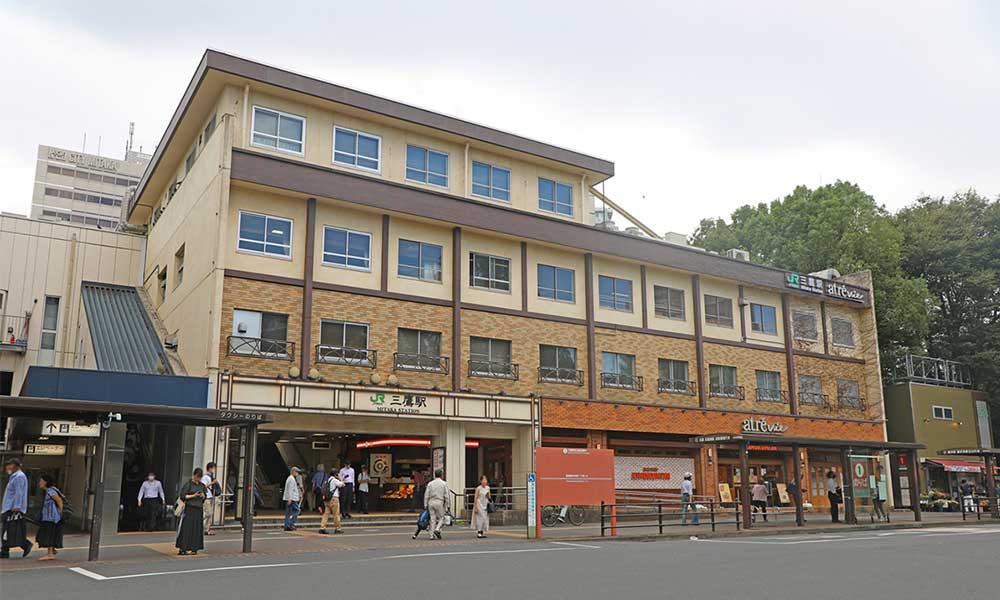
Mitaka City: a city with convenient access to the railway network and central Tokyo
There are four lines and three stations in Mitaka City. It takes about 32 minutes to get from Mitaka Station to Tokyo Station and about 17 minutes to Shinjuku Station.
| Mitaka Station | JR Sobu Line, JR Chuo Line, JR Chuo Main Line |
| Inokashira Park Station | Keio Inokashira Line |
| Mitakadai Station | Keio Inokashira Line |
Odakyu Bus, Keio Bus, and Kanto Bus are available on bus routes within Mitaka City.
In addition, there is the Mitaka City Bus, a community bus that can take you to the city’s major facilities at a relatively low price, and the Mu-bus operated by Musashino City.
To access the expressway from the city, you can use the Mitaka IC on the Chuo Expressway.
It is located relatively close to the center of Tokyo and can be easily accessed by train or bus.
Trains can get crowded during morning and evening rush hour. The JR Chuo Line in particular has a lot of users and is prone to congestion.
How are the rent and land prices in Mitaka City?
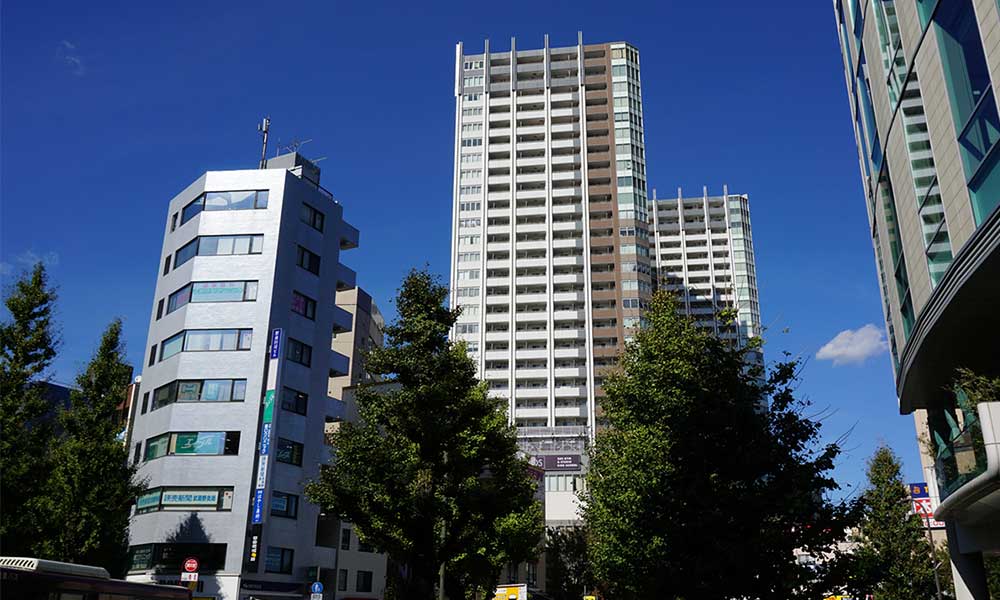
Mitaka City: A comfortable city surrounded by nature
According to information from a real estate information website, the average rent in the ward for a newly built apartment within a 10-minute walk from the station is about 92,000 yen for a 1K and 169,000 yen for a 2DK.
The average land price is about 1.81 million yen per tsubo.
The average price of a newly built apartment is 62.6 million yen, the average area is 66.35 m2, and the average price per tsubo is 3.119 million yen per tsubo. (As of 2018-2022)
There are various types of housing in Mitaka City, including detached houses and apartments. In particular, in areas developed as residential areas, you can enjoy a quiet living environment and lush landscapes.
Because it is located close to Tokyo, real estate prices are relatively high. Prices are rising especially around stations and areas with good transportation convenience. However, there are properties in some areas that are relatively affordable.
Areas a little further from the station are student areas and you can find properties with lower rents.
Due to its convenient access to Tokyo, real estate prices in Mitaka are relatively high, especially around the station and in popular residential areas.
How is childcare and education in Mitaka City?

Mitaka City: a city with a wide variety of educational facilities and lively cultural activities
Mitaka City has 31 nursery schools, 17 kindergartens, 16 elementary schools, 10 junior high schools, 3 high schools, 9 junior colleges/universities, and 2 vocational schools.
Children’s medical expenses are fully subsidized for both outpatient and inpatient care for infants and toddlers covered by the Infant Medical Expense Subsidy System (until the first March 31st after reaching age 6). Children aged 7 to 18 years old covered by the Compulsory Education Children’s Medical Expense Subsidy System/High School Student Medical Expense Subsidy System (until March 31st after reaching age 18) are subsidized for outpatient care with the amount of insurance medical expenses deducted up to a maximum of 200 yen per visit, and are fully subsidized for prescriptions, hospitalization, and home care.
Child allowances are: 15,000 yen for children under 3 years old, 10,000 yen for the first and second child aged 3 or older but not yet entering elementary school, 15,000 yen for the third child and onwards, and 10,000 yen for junior high school students.
Mitaka City also has its own comprehensive support system.
The “Mitaka First Birthday Project” is a system that allows households with children turning one year old to receive child-rearing consultations through questionnaires and receive gift certificates as child-rearing support gifts.
The “Childcare Support Helper Project” is a support system that dispatches childcare helpers to households with children under one year old at a relatively low cost to help with housework and childcare.
There are also many child-rearing consultation desks, such as the “Childcare Station Takanoko,” where specialized staff can provide information on childcare services and childcare consultations, the “Childcare Consultation Room,” where consultations can be made over the Internet, and the “Sukusuku Childcare Consultation,” which accepts consultations by phone, to support households with children who tend to feel isolated.
Mitaka City has a wide range of child-rearing support measures and a support system for families with children.
There are child-rearing support centers, nurseries, kindergartens, etc., which can be used as a place to exchange information about children’s growth and parents.
In addition, the city is rich in natural environments, with many parks and natural walking spots such as Inokashira Park and Tama River, providing a safe and healthy environment for children to play.
There are several facilities in the city, such as children’s centers and libraries, where children can learn and play safely. In addition, various child-rearing events and local festivals are held, providing plenty of opportunities for parents and children to have fun together.
There are also many educational institutions, with many public elementary and junior high schools, providing a good educational environment.
In addition, the city has a wide range of facilities to improve the learning environment, such as libraries and cram schools. It can be said that it is a city with sufficient support for children to concentrate on their studies and promote their own growth.
There are many childcare support policies in place, and support is provided to families with children. There is also a good educational environment, and students can receive a high-quality education. There are many excellent universities and junior colleges in the neighborhood, so there are plenty of opportunities to continue on to higher education.
The number of applicants to nursery schools and kindergartens exceeds the available spaces, making entry highly competitive.
How about shopping in Mitaka City?
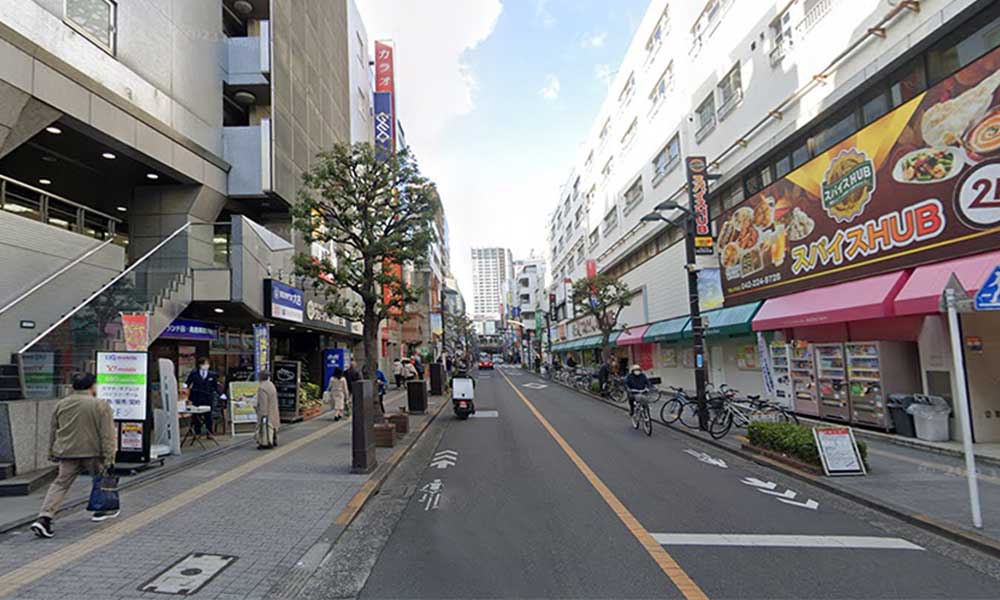
Mitaka City: A city where you can enjoy shopping at a variety of commercial facilities
There are many shopping spots in Mitaka city, centered around Mitaka Station.
“Atrevi Mitaka” is a large shopping mall located in the area right next to Mitaka Station.
It is a popular shopping spot with many customers every day, lined with stylish souvenirs, prepared foods, bookstores, and more.
“CORAL MITAKA” is also a commercial facility right next to Mitaka Station, and is particularly popular for its grocery section, which has an assortment of goods comparable to that of a department store basement.
It is a perfect facility for shopping, as it has a full range of shops such as fashion, miscellaneous goods, and restaurants.
In addition, there are many traditional shopping streets, such as the Mitaka Chuo Dori Shopping District, so you can choose where to shop depending on your needs.
There are also about 19 supermarkets in Mitaka city, including Summit and Seiyu, so you will never have trouble buying daily necessities or groceries in this area.
There are many local shopping streets, where you can find local specialties and unique stores.
Parking lots in popular commercial facilities and around stations can become crowded and it can be difficult to secure a parking space.
How about jobs and recruitment in Mitaka City?
Mitaka City: an academic city with a diverse range of jobs
The average annual salary in Mitaka City is 4.76 million yen.
Mitaka City has relatively good access to the city center, so there are a relatively large number and variety of job openings.
There are also many universities and research institutes in the surrounding area, so there are many education and research-related job openings.
In addition, commercial facilities and the service industry are well developed, so you can expect to find jobs in retail, food service, and other industries.
The location has relatively good access to the city center and good transportation, making it convenient for commuting.
Competition for jobs can be fierce. It can be difficult to get a job or change jobs, especially in popular industries or at popular companies. Therefore, you need to have the right skills and experience.
Mitaka City’s unique subsidy/subsidy system
Mitaka City, Tokyo’s unique housing assistance and subsidy system
Mitaka City, Tokyo’s unique childcare support system
| Childbirth and child-rearing support benefits Distribution of commemorative trees Childcare medical benefits |
Mitaka City, Tokyo’s unique system for further education and tuition assistance and subsidies
| School attendance assistance system Payment of school support funds (new student preparation funds) before enrollment Loan Program to Support Exam Takers |


















